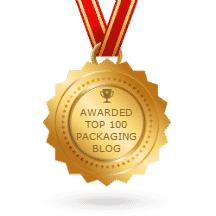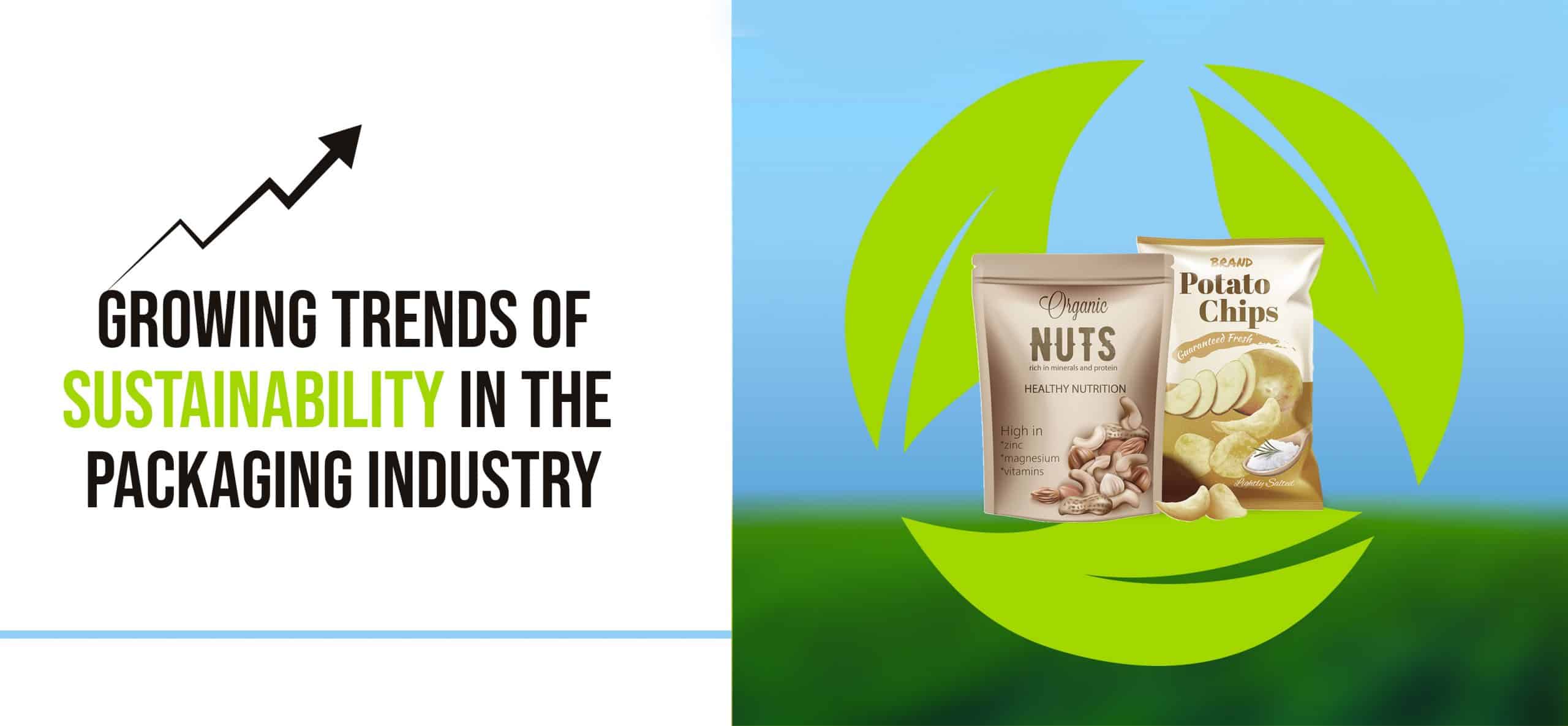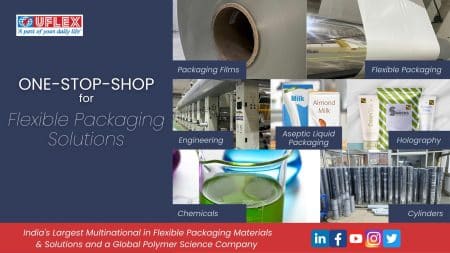The role of sustainable materials has grown exponentially in packaging sector. Packaging Industry is taking longer strides towards green solutions, as brands and businesses are opting for sustainable packaging more than ever. Sustainable Packaging is not only considered critical to the circular economy and environment friendliness but is now becoming important among consumers as well. Ever since the pandemic outbreak, it is interesting to see consumers getting more inclined towards sustainable packaging, not just to enjoy the virtues of safely packed consumables but also with a view to contribute their part in protecting the environment for a comfortable living.
So, What Exactly is Sustainable Packaging?
‘Sustainability’ is no more a buzzword in the business environment it has become the need of the hour. In the world of packaging, Sustainable packaging is any packaging that includes environment friendly materials during the course of manufacturing and leaves behind no or very less environmental impact during its entire life cycle. In the quest to peddle the movement of circular economy, use of sustainable materials in developing new packaging is a viable alternative that leaves a positive impact on the environment. Therefore, any packaging that is recyclable, safe for the environment, uses renewable and reusable raw materials and implements environment friendly manufacturing practices with minimal impact on natural resources falls under the classification of sustainable packaging.
Conventional ways of manufacturing of flexible packaging employ various formats of plastics in form of layers. These layers demand not just complicated methods of manufacturing and recycling but also leave behind a detrimental impact on the environment. Adopting green packaging solutions is the most effective way to combat this problem. With rising conscience towards safe packaging, hygiene and environmental awareness the adoption of sustainable packaging is gaining grounds to become one of the most recent trends in flexible packaging sector. Packaging converters and brands are embracing various sustainable packaging options solutions to check the green packaging requirements. Some of these include:
Replacement of Fossil-Fuel-Based Plastics With Bioplastics:
With growing focus on sustainability, use of bio-plastics in packaging industry is on the rise. Bioplastics are made from biodegradable, renewable resources such as corn starch, proteins, and polylactic acids. Bioplastics leave far lesser carbon footprint and decompose much faster than traditional plastics. Bio-plastics are made of natural composition due to which they can be naturally recycled by biological process.
Using Sustainable Inks and Dyes
A world without ink would essentially be a world without colour. Beyond the mandatory elimination of heavy metals from printing jobs such as cadmium, lead and mercury, alternative eco-friendly inks today come in various forms such as water-based, biodegradable, latex, UV & EB curable inks and more. Inks based on natural ingredients consist of a major percentage (50 to 90%) of renewable resources in the form of inedible plants and algae, which do not hurt the food supply whilst also lowering carbon footprint with lesser consumption of water and energy. With Sustainability on the rise use of solvent-free and water based inks are gaining momentum as they complement ease of recycling and help brands step closer to their sustainability goals.
Sustainable Adhesives:
With sustainability taking the centrestageuse of sustainable adhesives in flexible packaging is gaining acceptability. Sustainable adhesives such as solvent-free, recyclable, compostable and biodegradable adhesives taking foreground and with their introduction packaging manufacturers and brands have been able to elevate their sustainable footprint in the ecosystem. Sustainable adhesives leave less environmental impact and carbon footprint and VOC(volatile organic compounds) and its use is gaining prominence for printing and packaging jobs in the recent times.
Utilizing Recyclable and Reusable Materials:
Switching from single-use plastics such asthermocol, styrofoam to recyclable materials like corrugated cardboard, paperboard, etc. brands are now considering a wide range of materials that are fully recyclable. Paired with reusable packaging, this strategy meets the demands of the increasingly aware consumers who want more sustainable options while keeping in mind environmental concerns. It also lessens disposal costs for consumers, reduces waste and is very beneficial for a circular economy.
Rightsizing – That Extra Packaging:
A fairly new trend, it refers to the “practice of reducing packaging size, fill material and paper waste through conscious design choices”. This helps in minimizing space in addition to protecting the contents resulting in a reduction in the amount of waste per package.
In its pledge towards creating a plastic waste free planet, UFlex has been recycling plastic for more than three decades. The company has established recycling units in its plants that converts MLP Waste into Pellets and that are used to manufacture industrial and household products. The company has also installed post-consumer plastic waste and post-consumer PET bottle waste recycling lines at its strategic locations across the globe. Focusing on transforming plastic waste into wealth,
UFlex is also working on packaging solutions that approach stronger towards sustainability and aims at keeping plastic in the economy but out of the environment.



